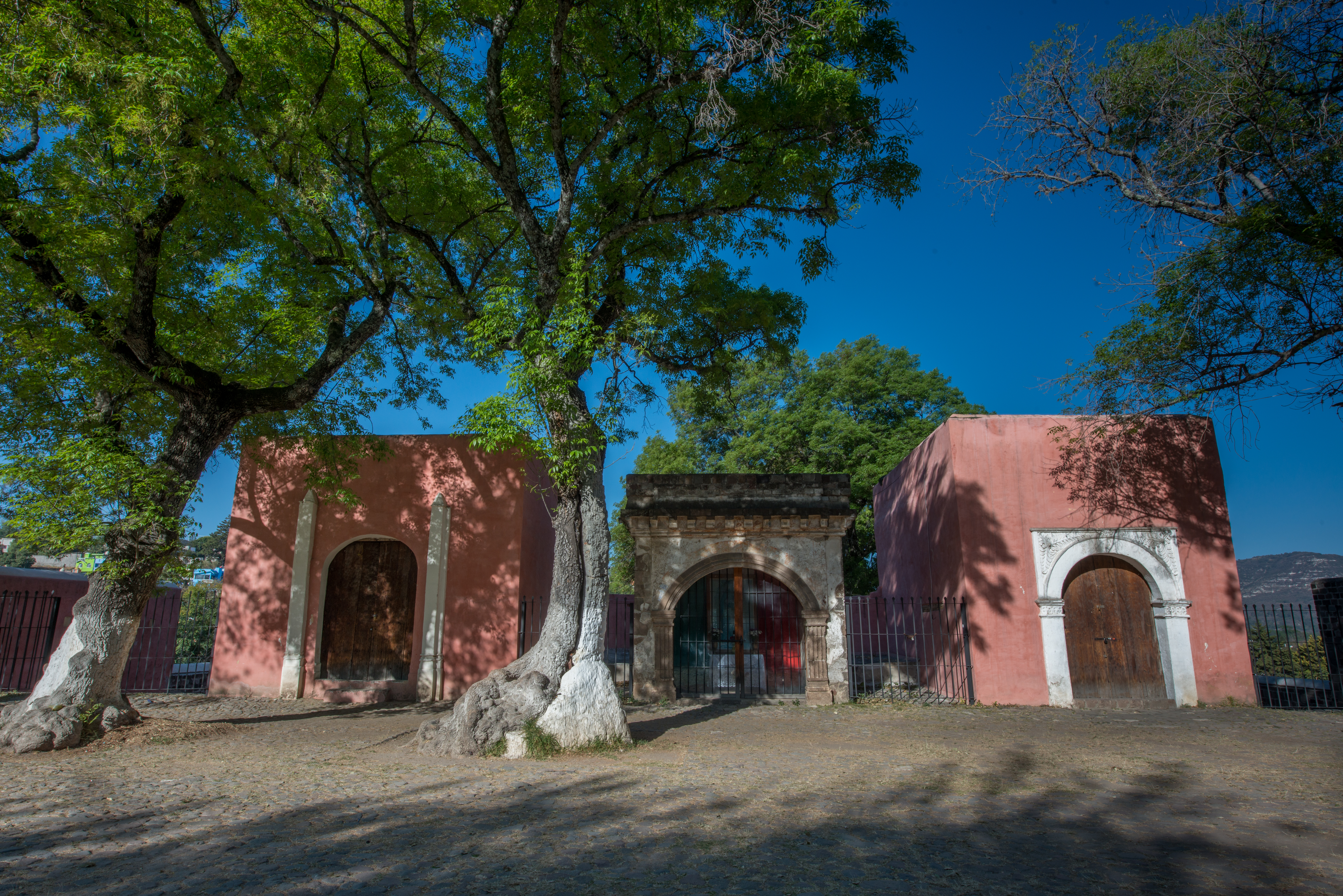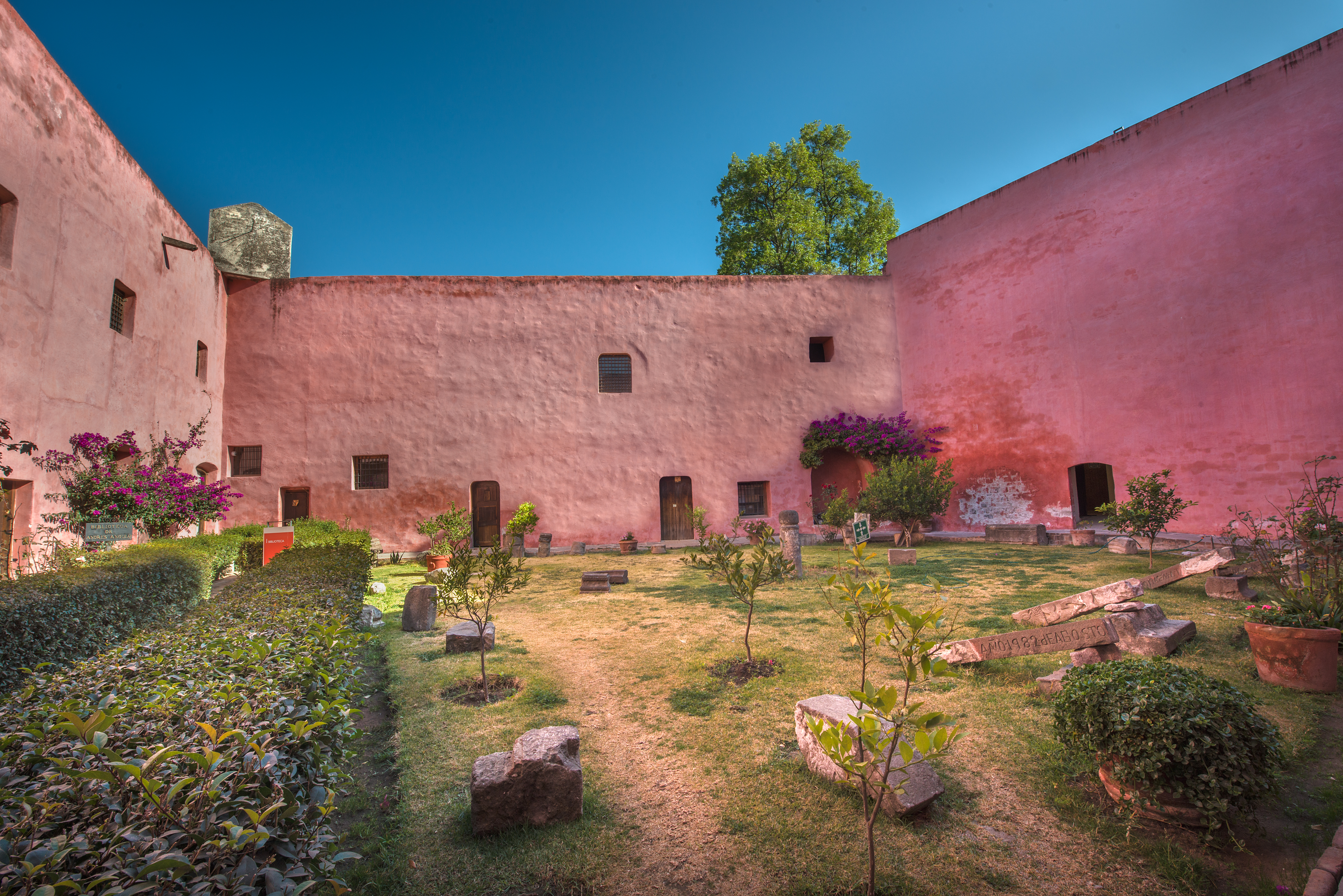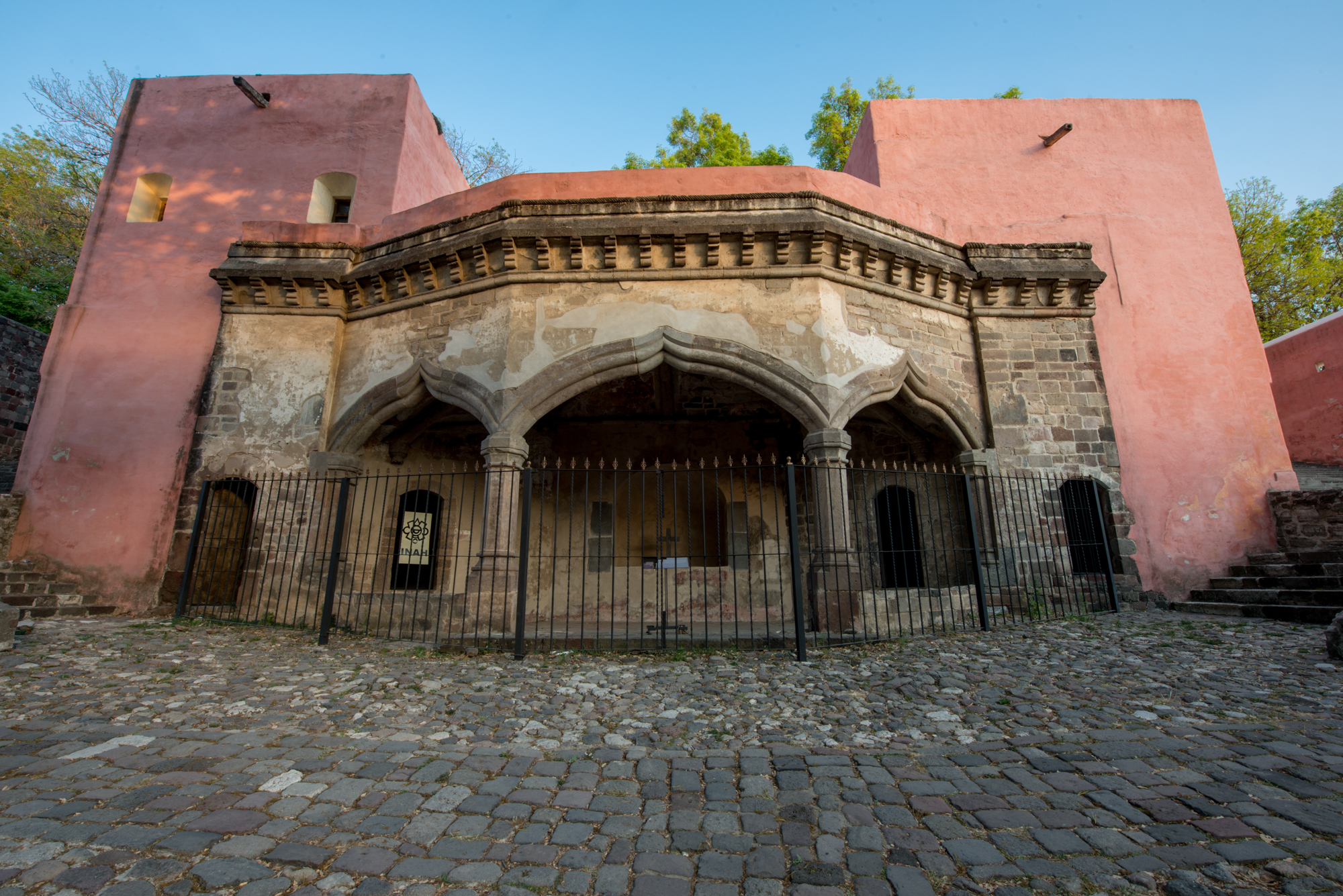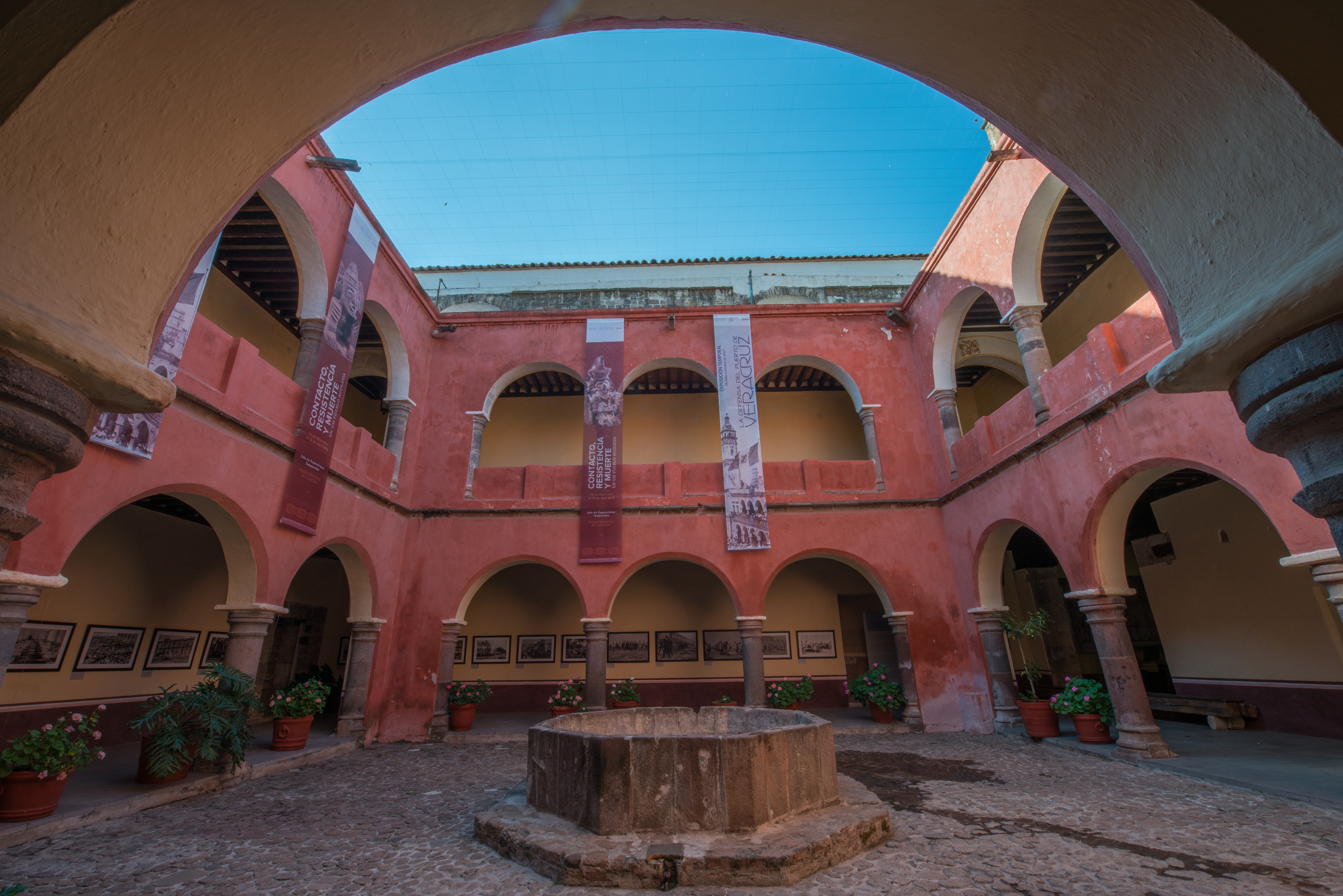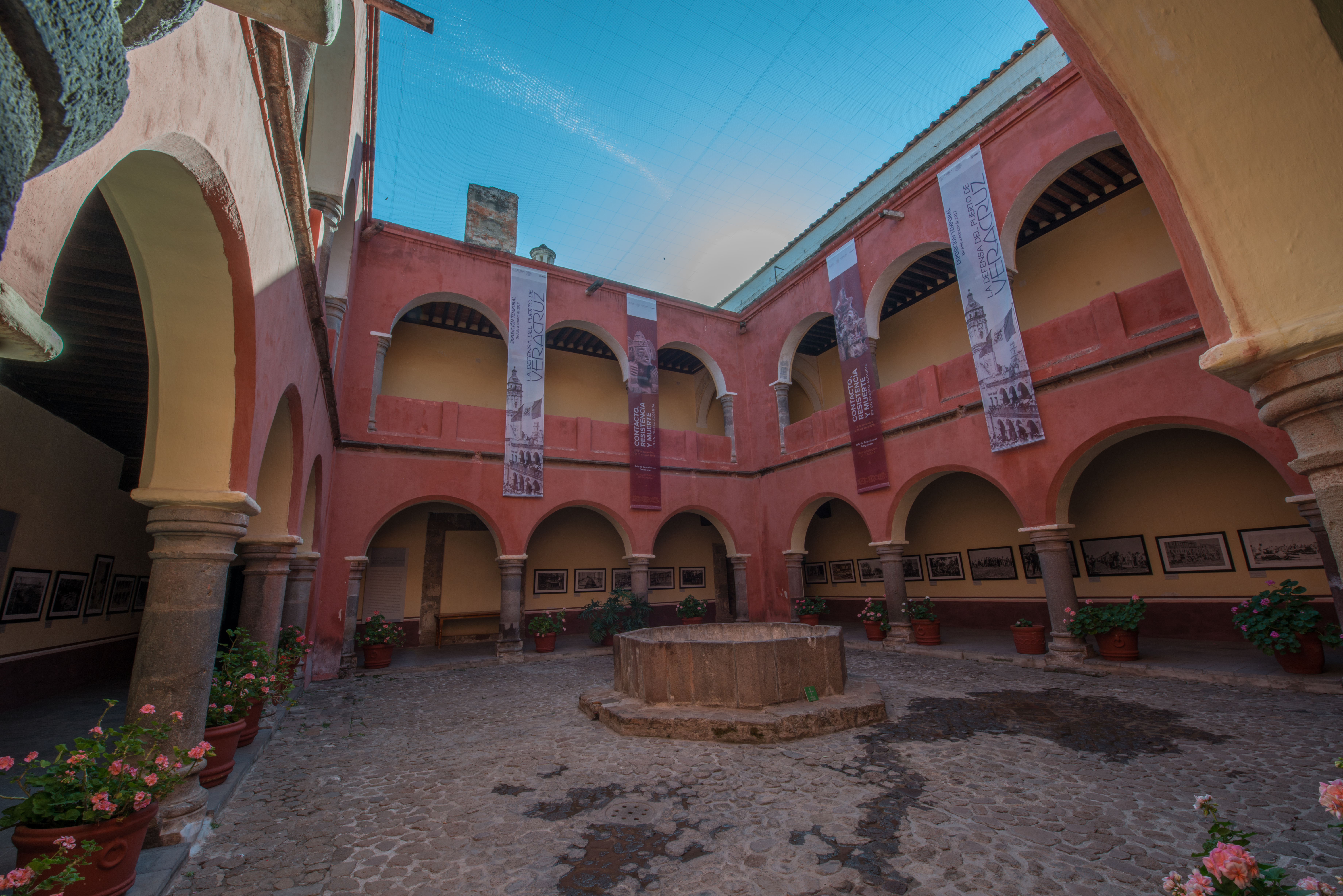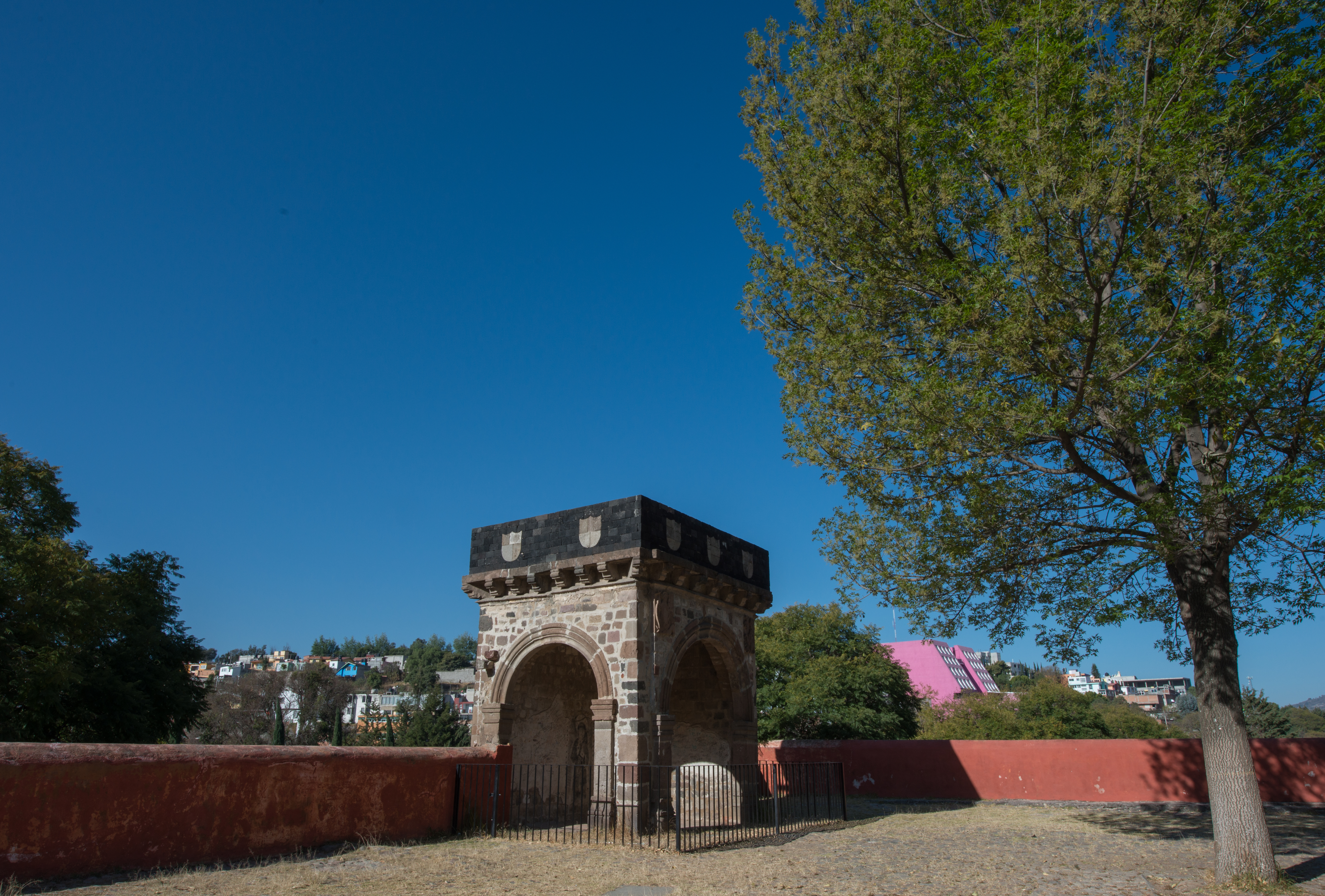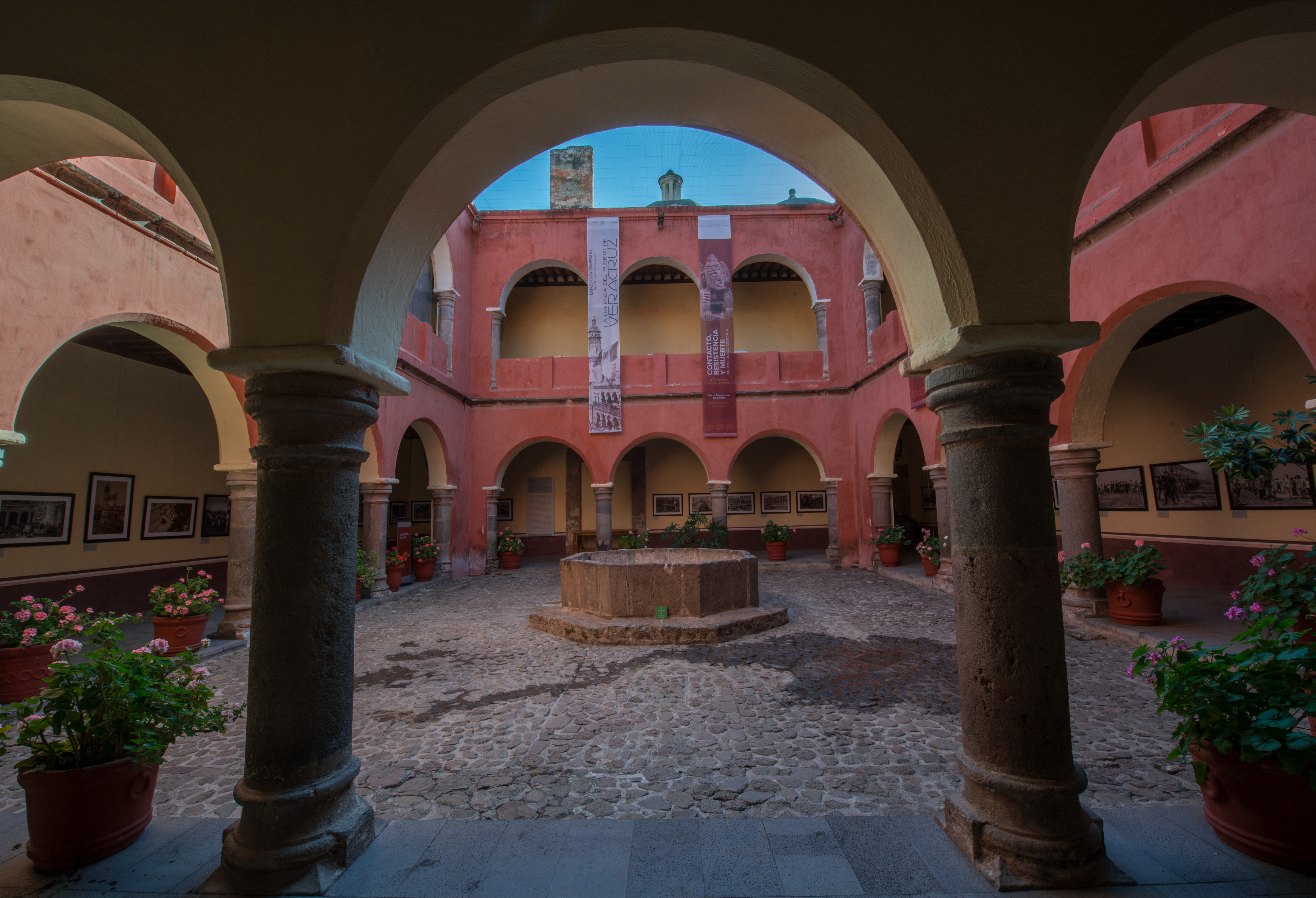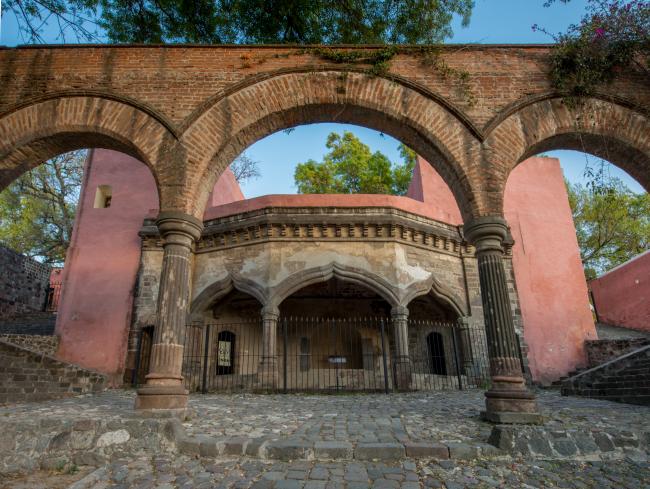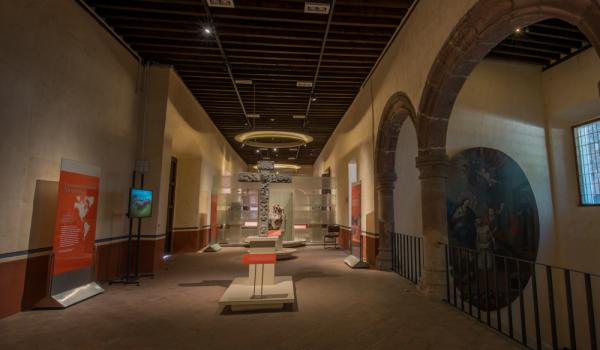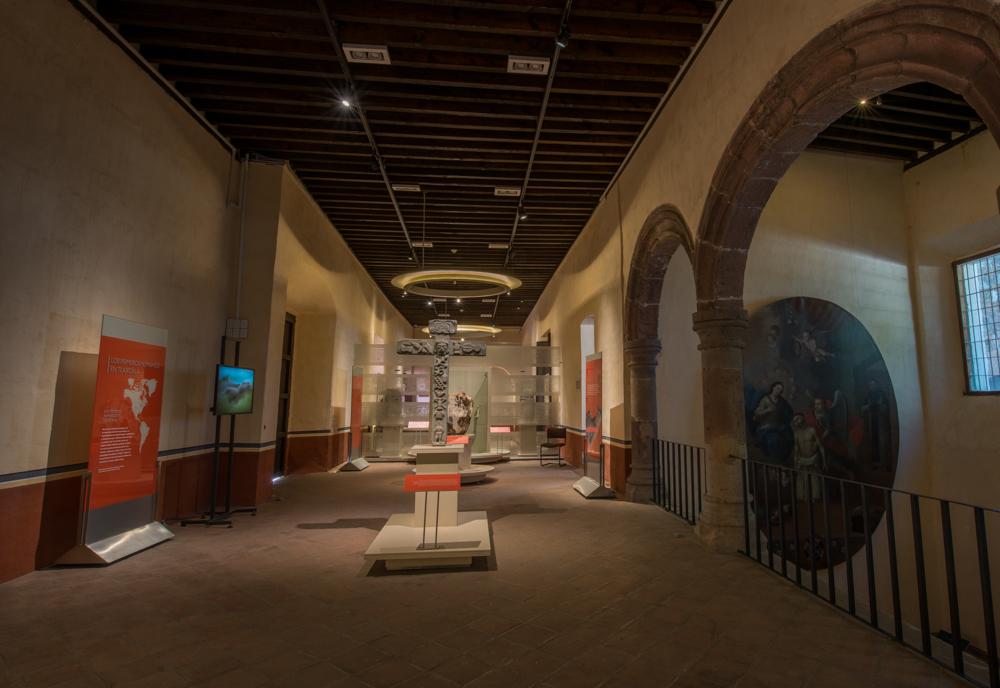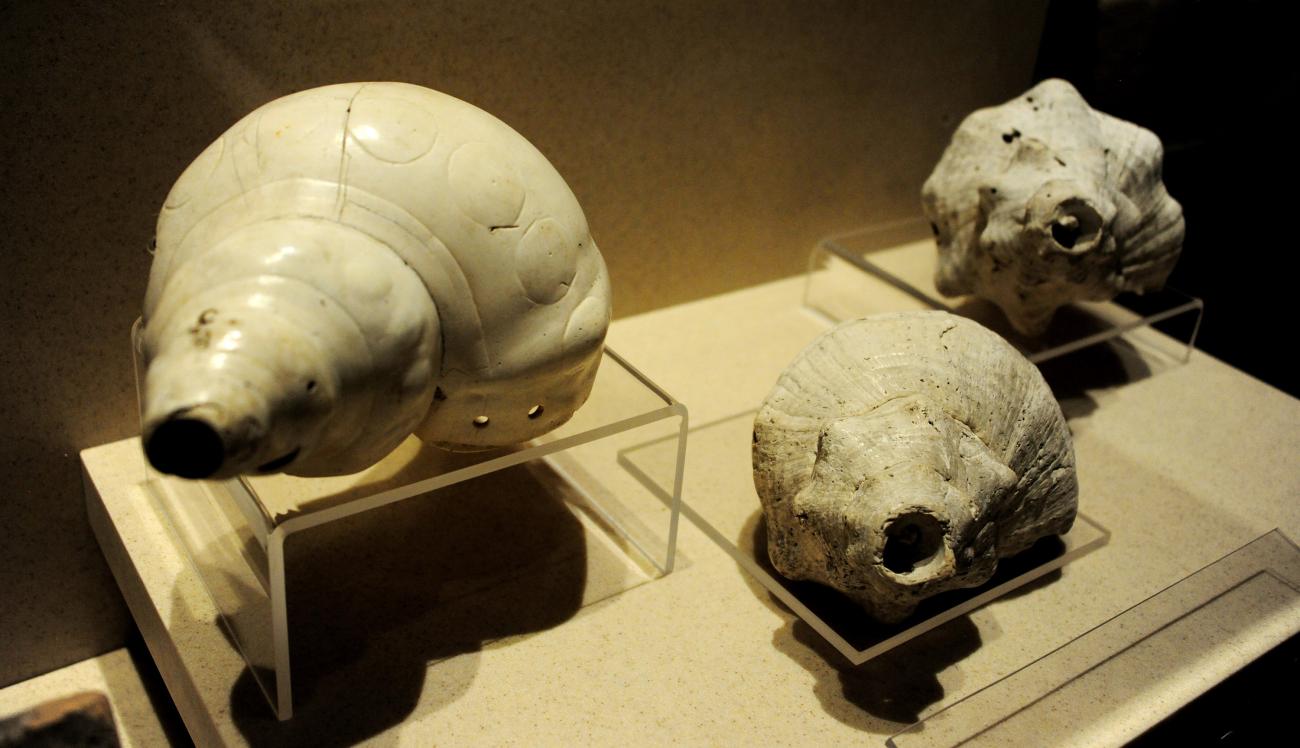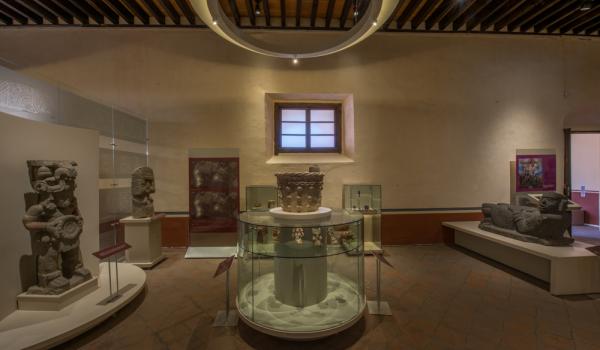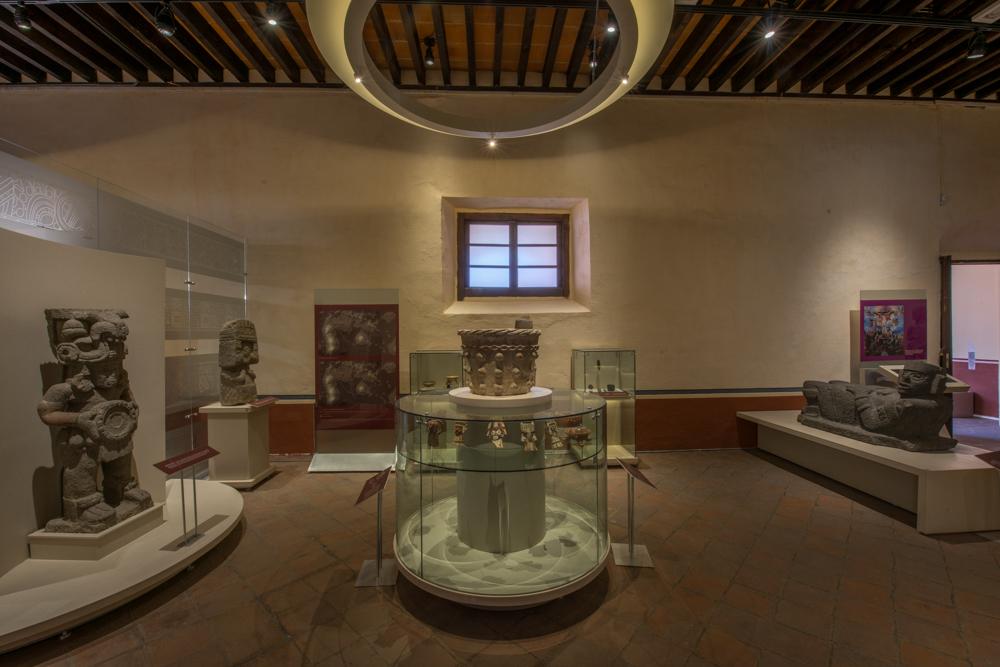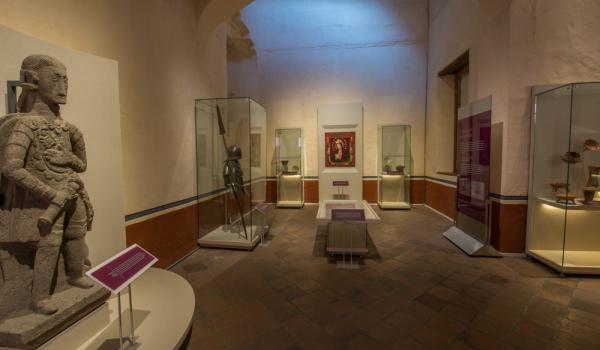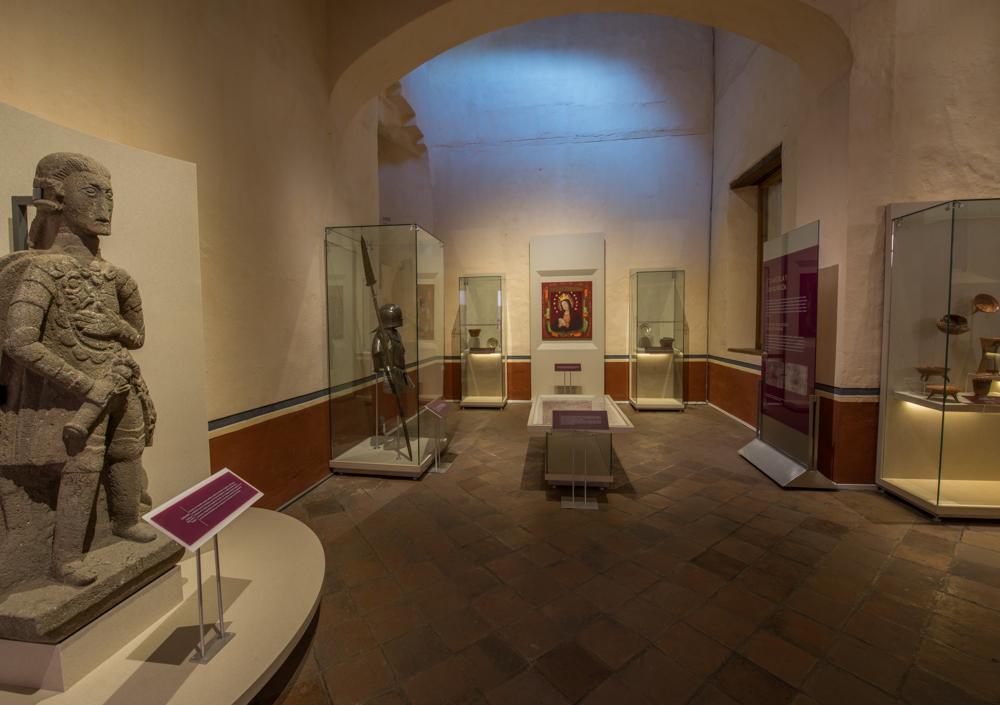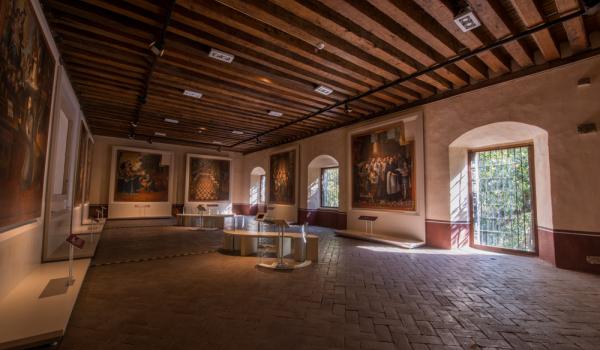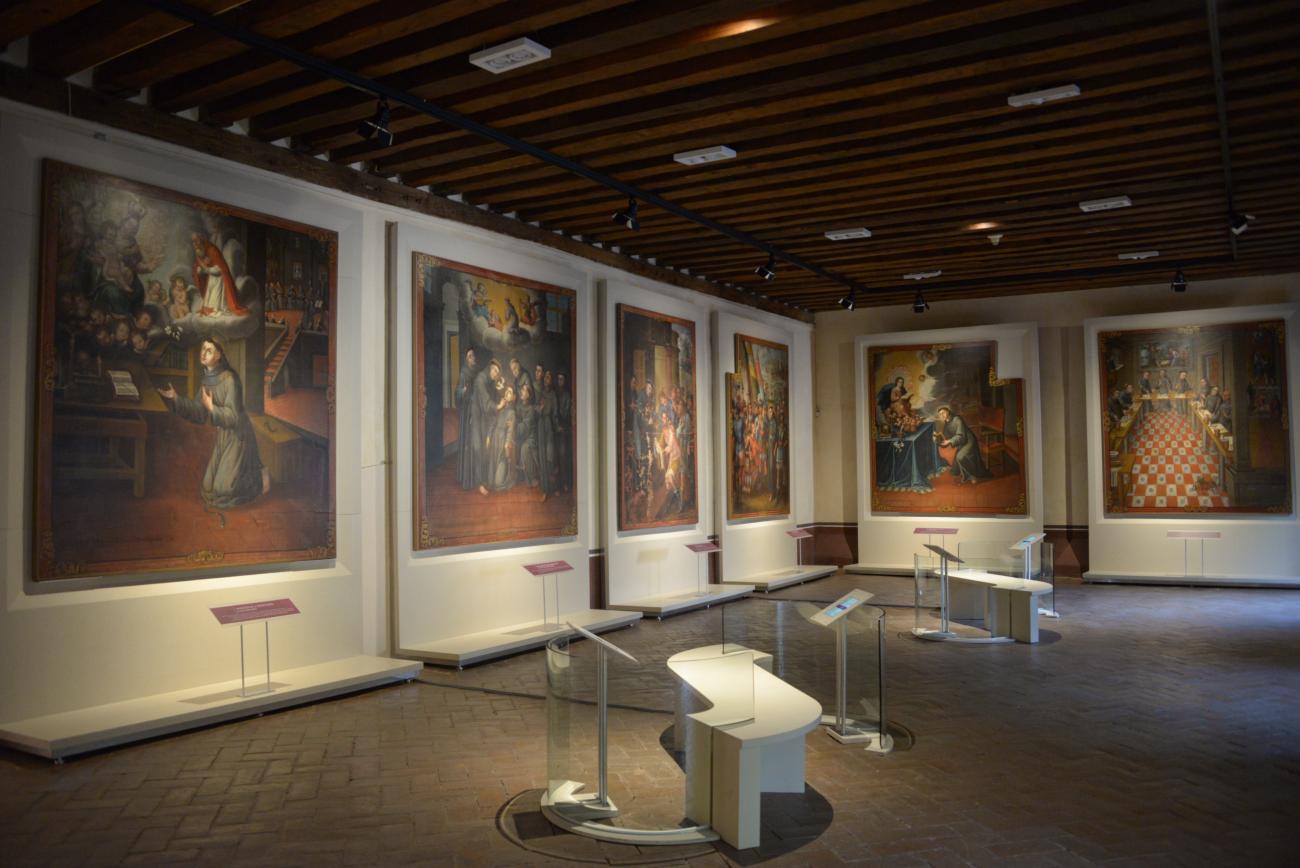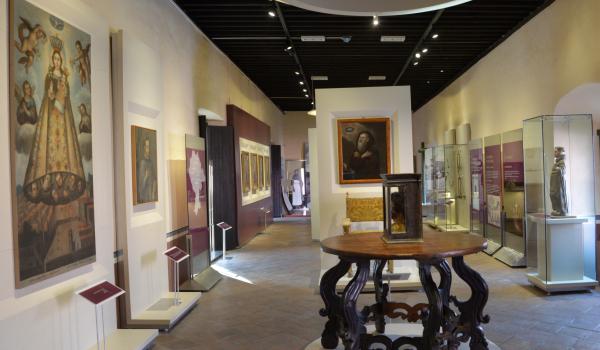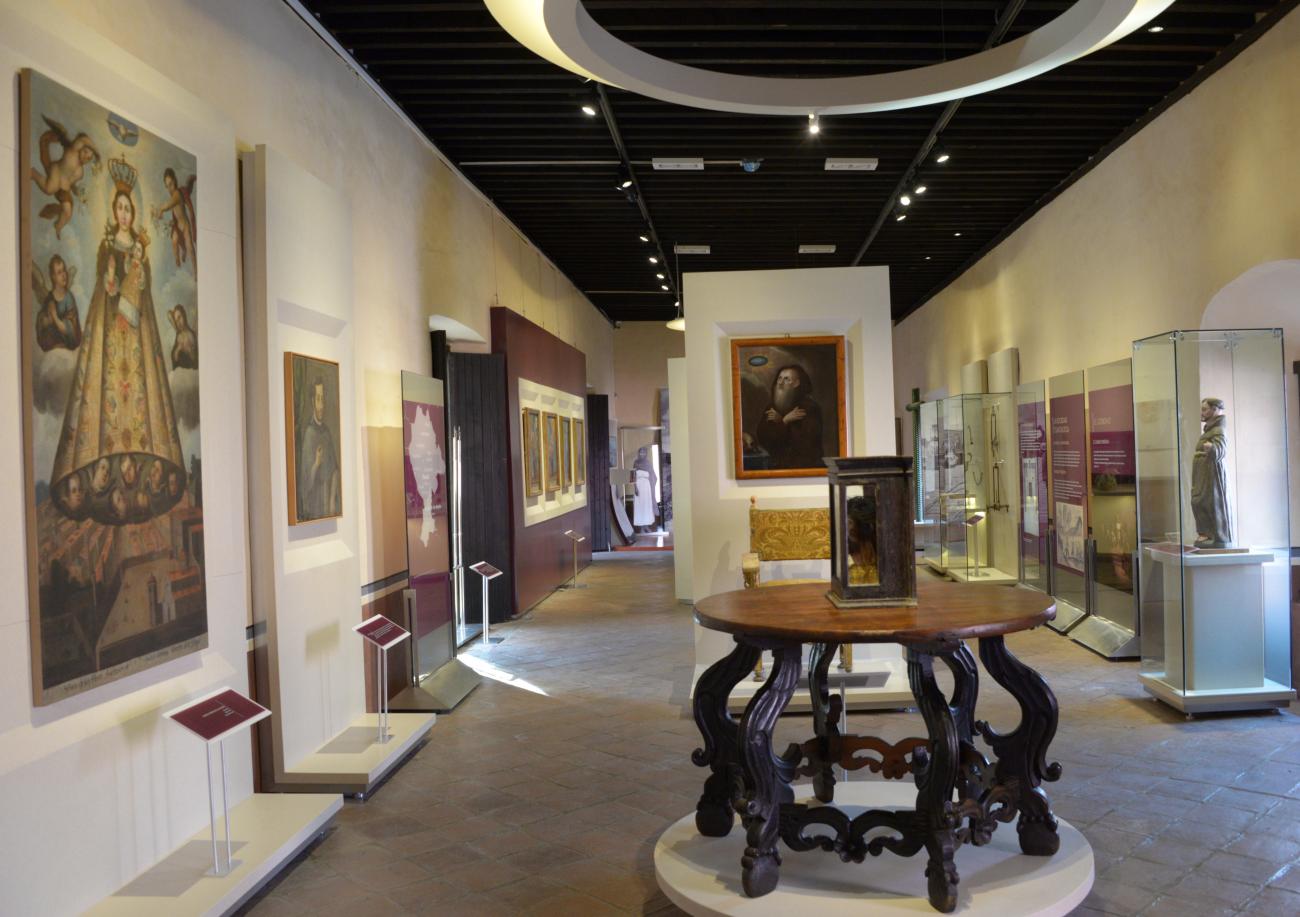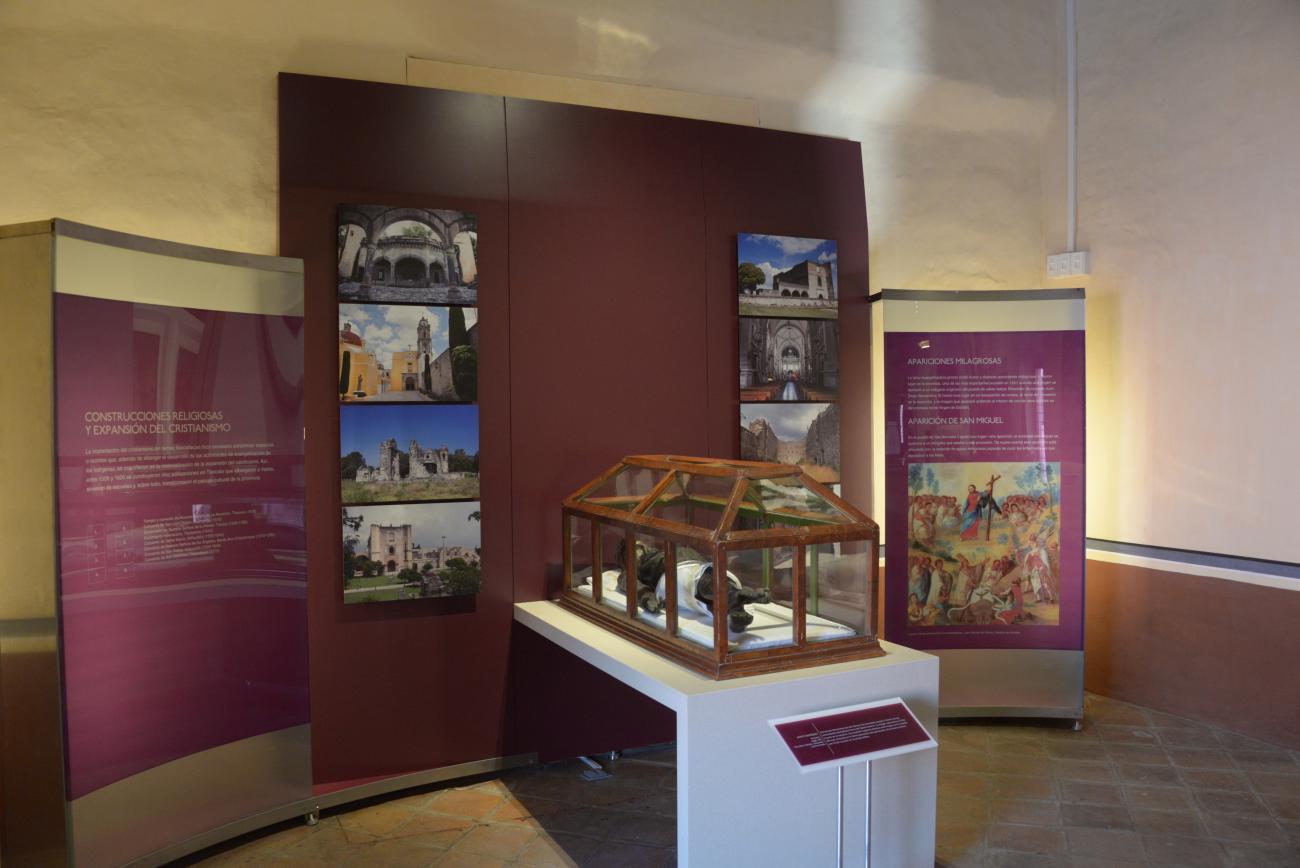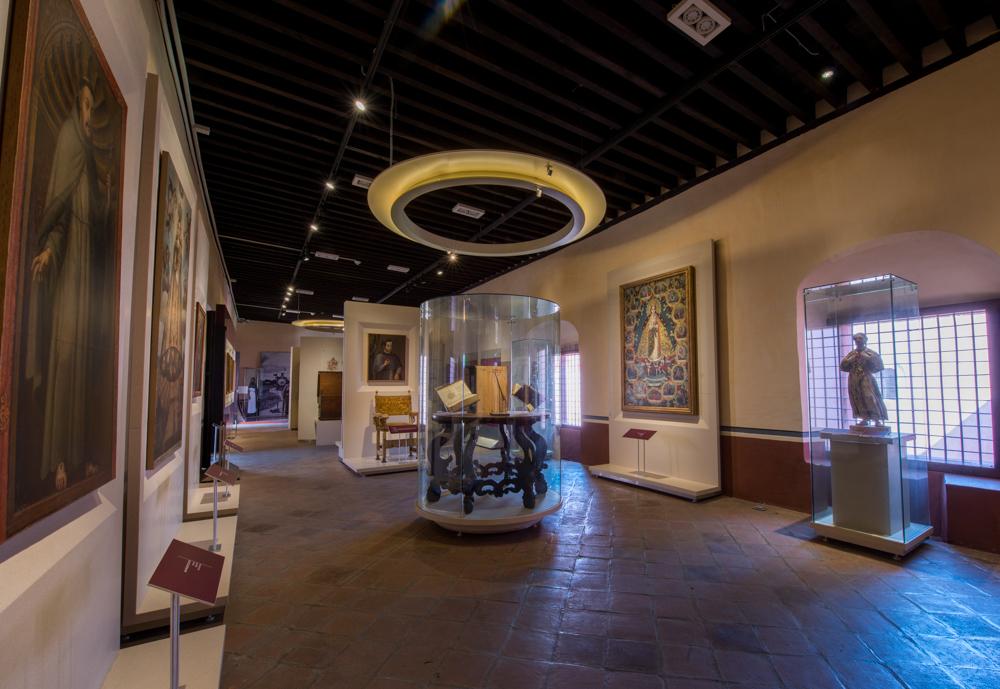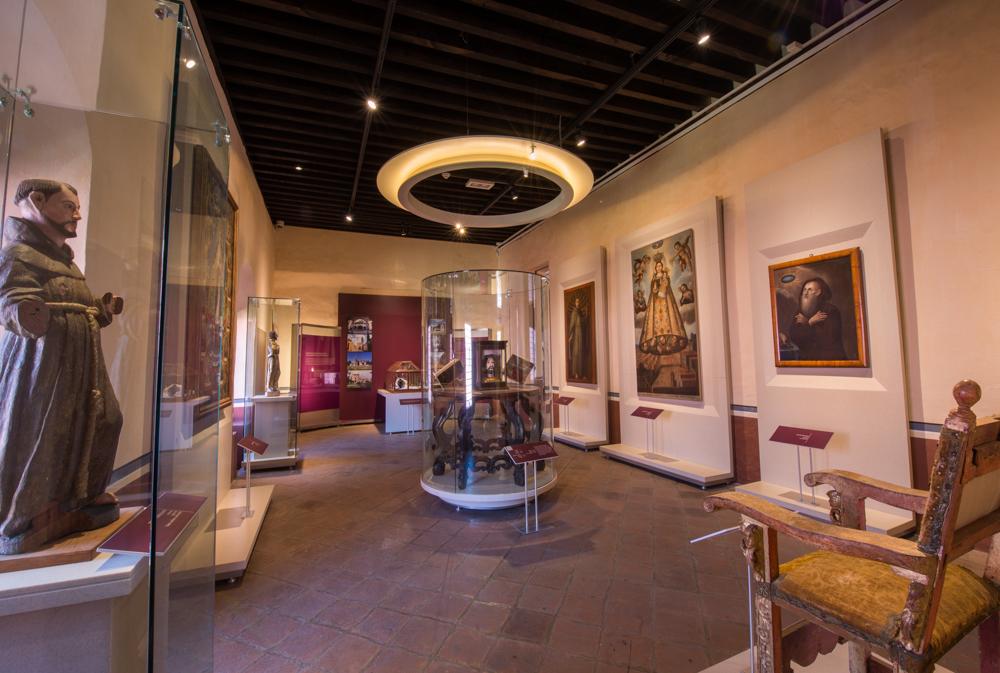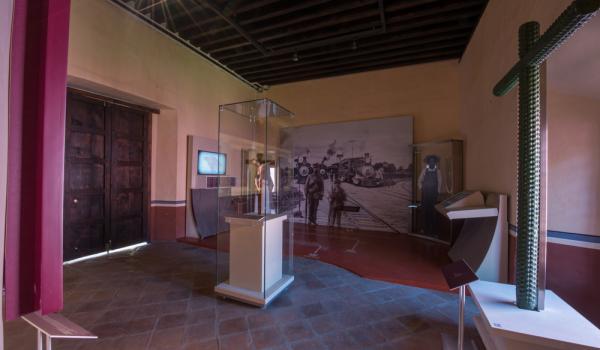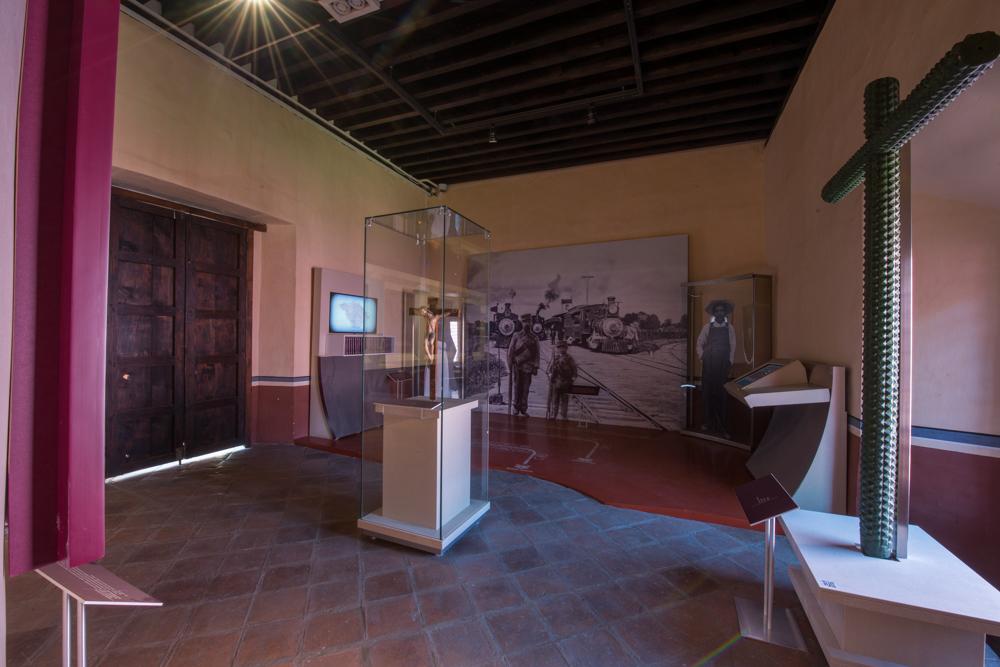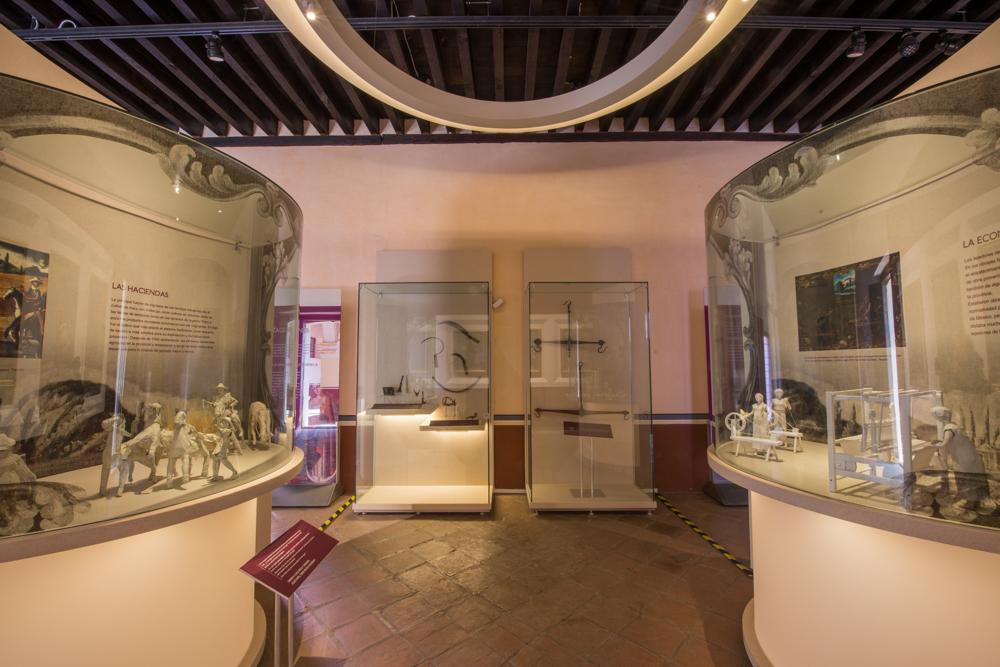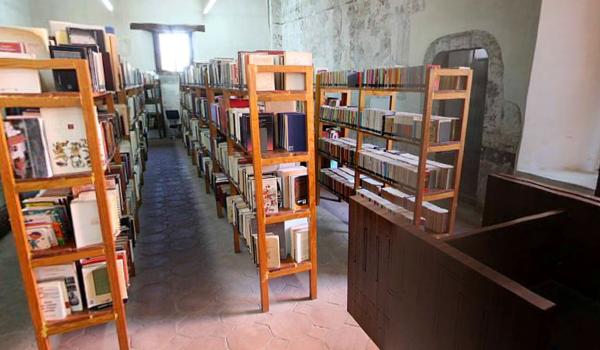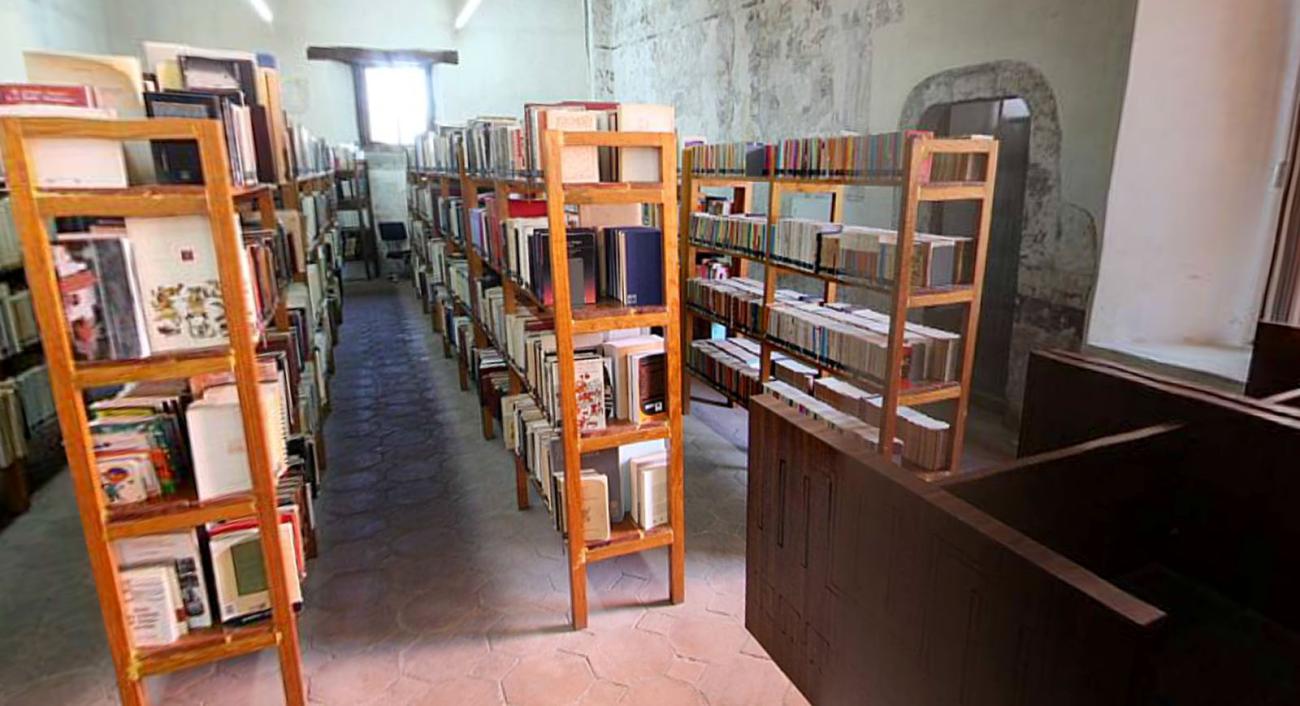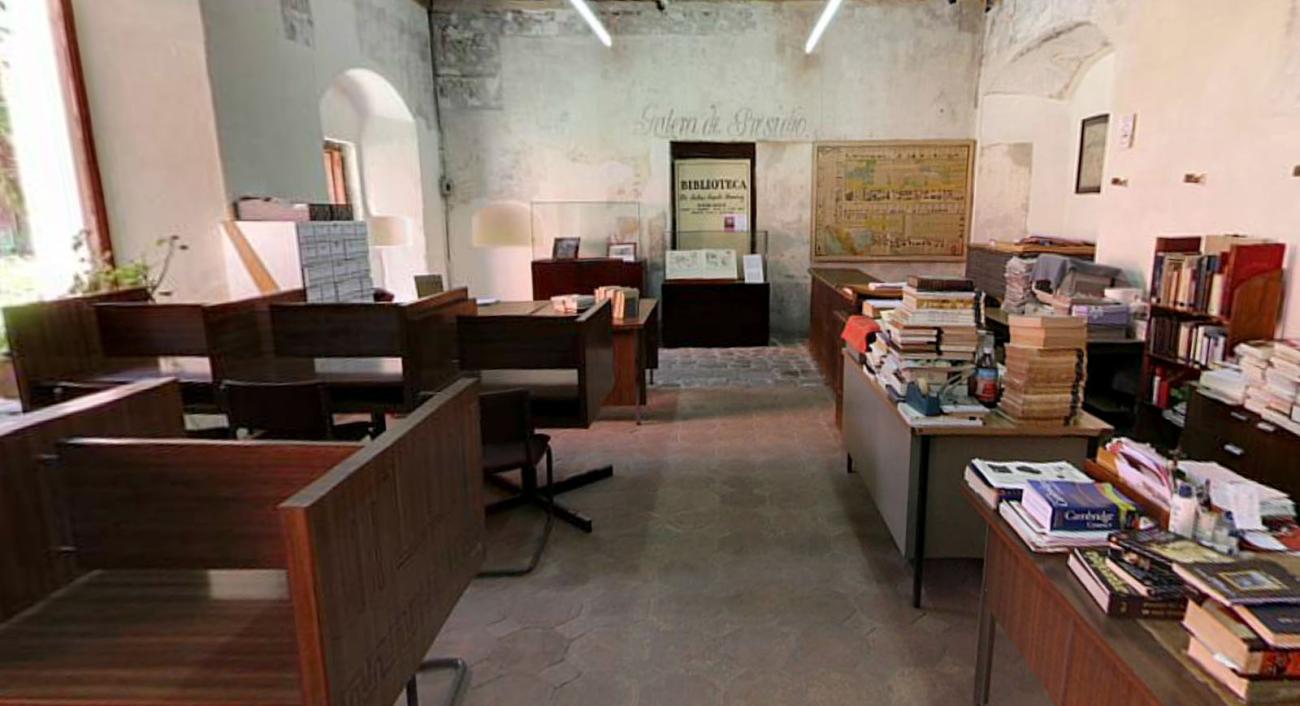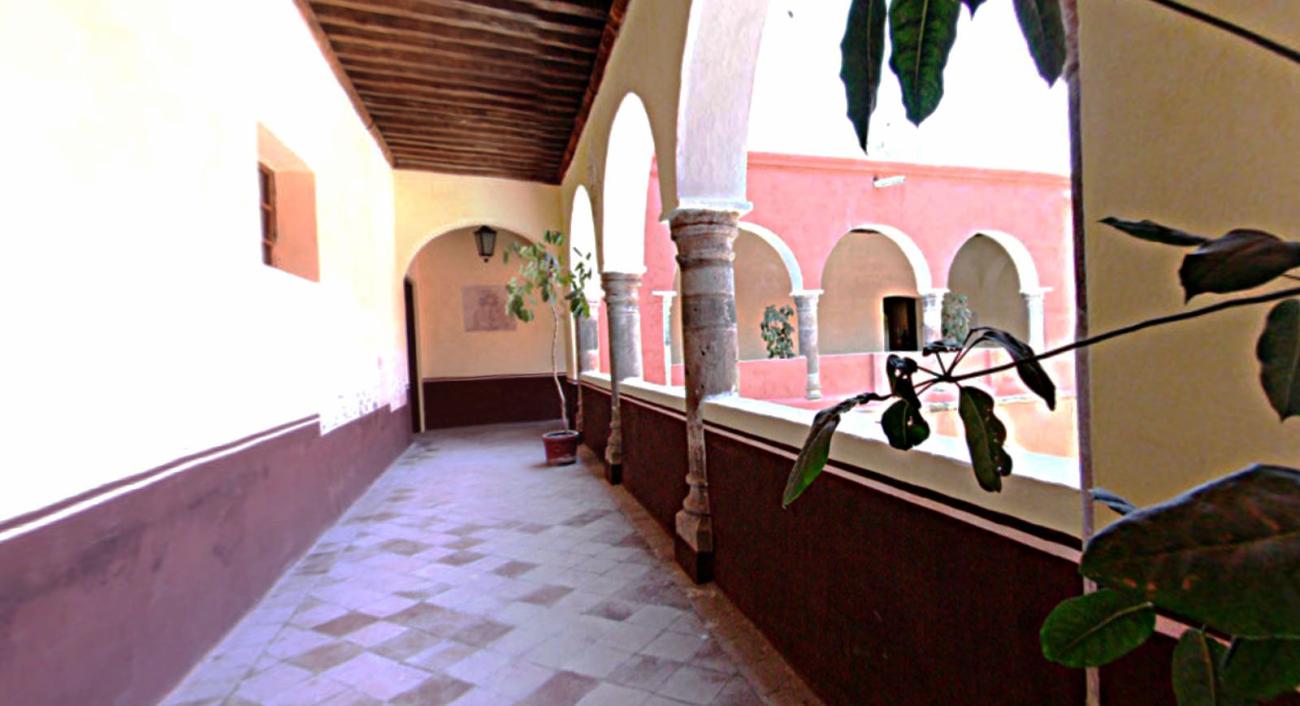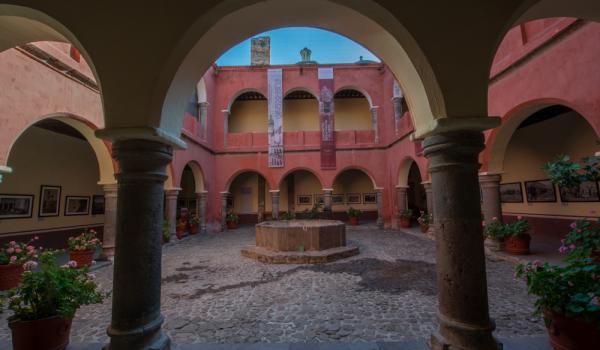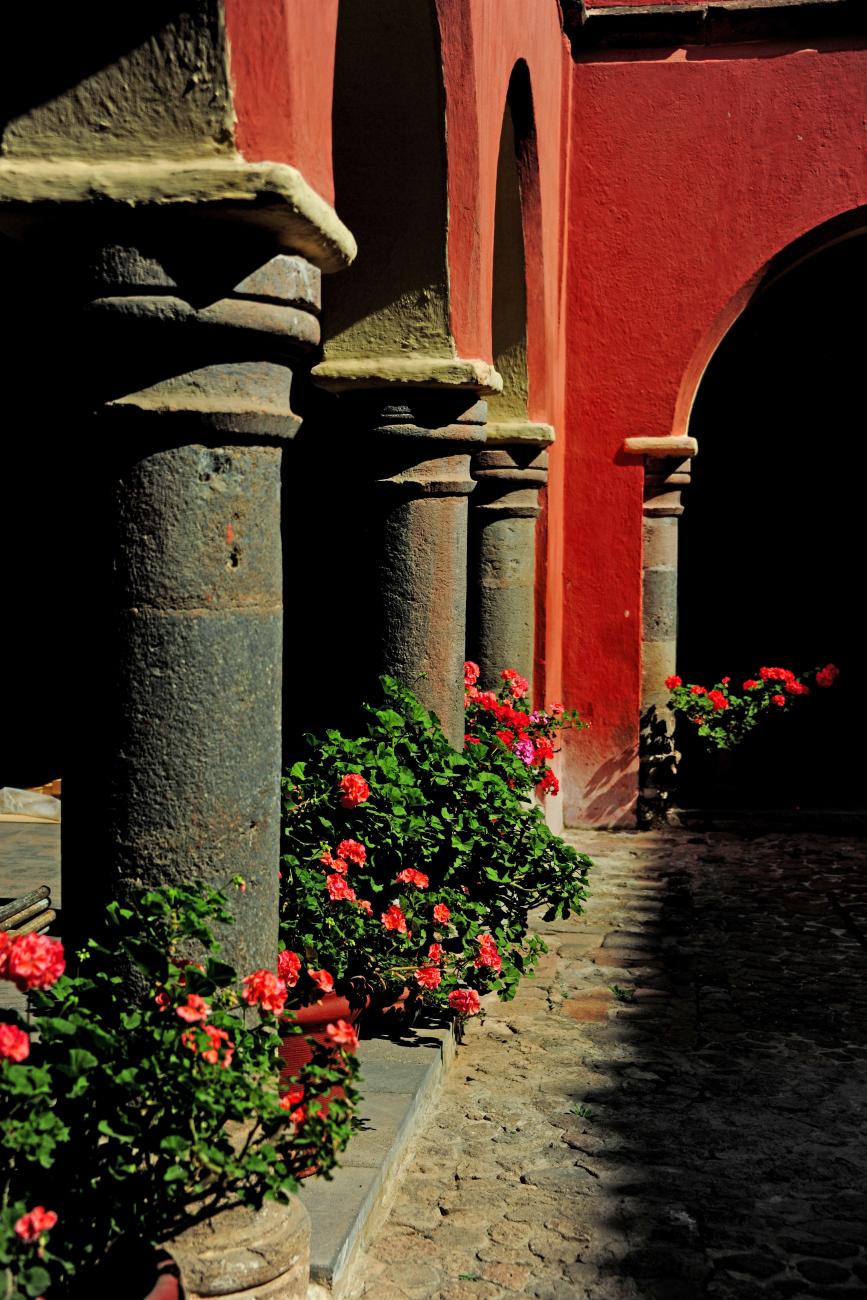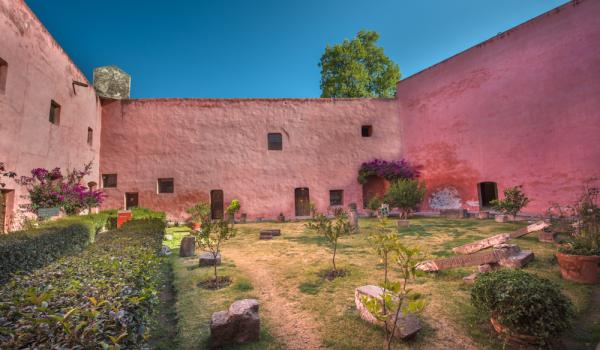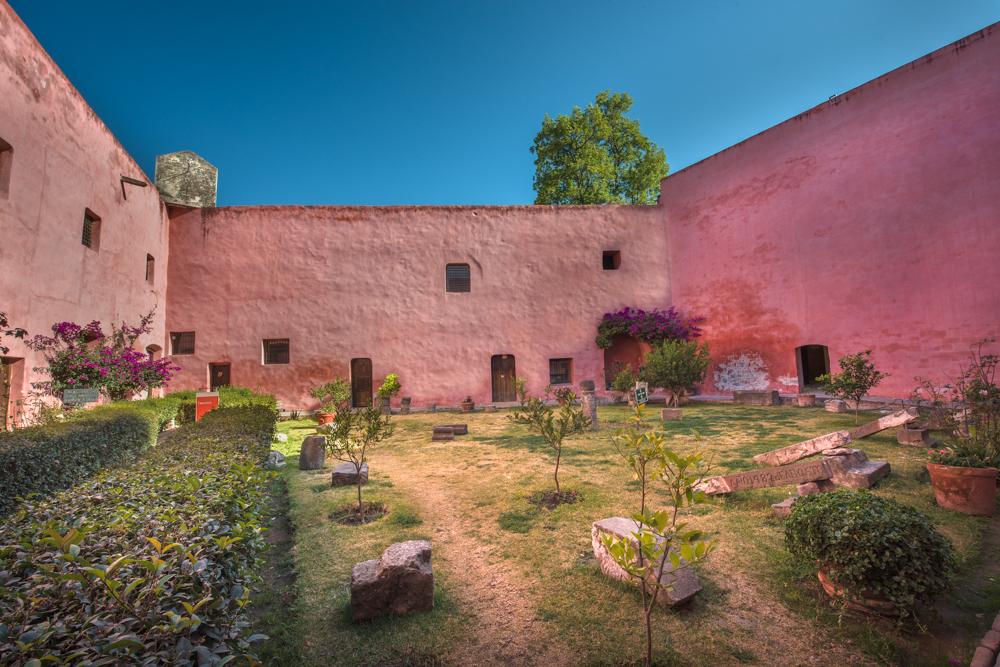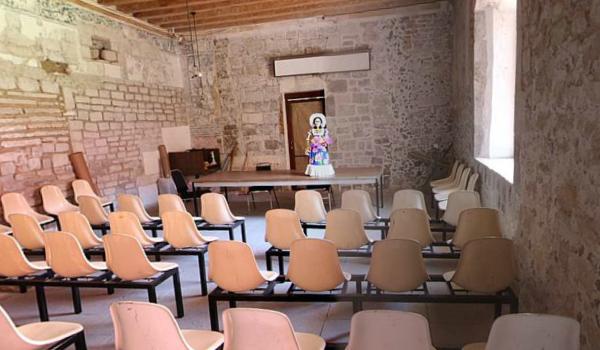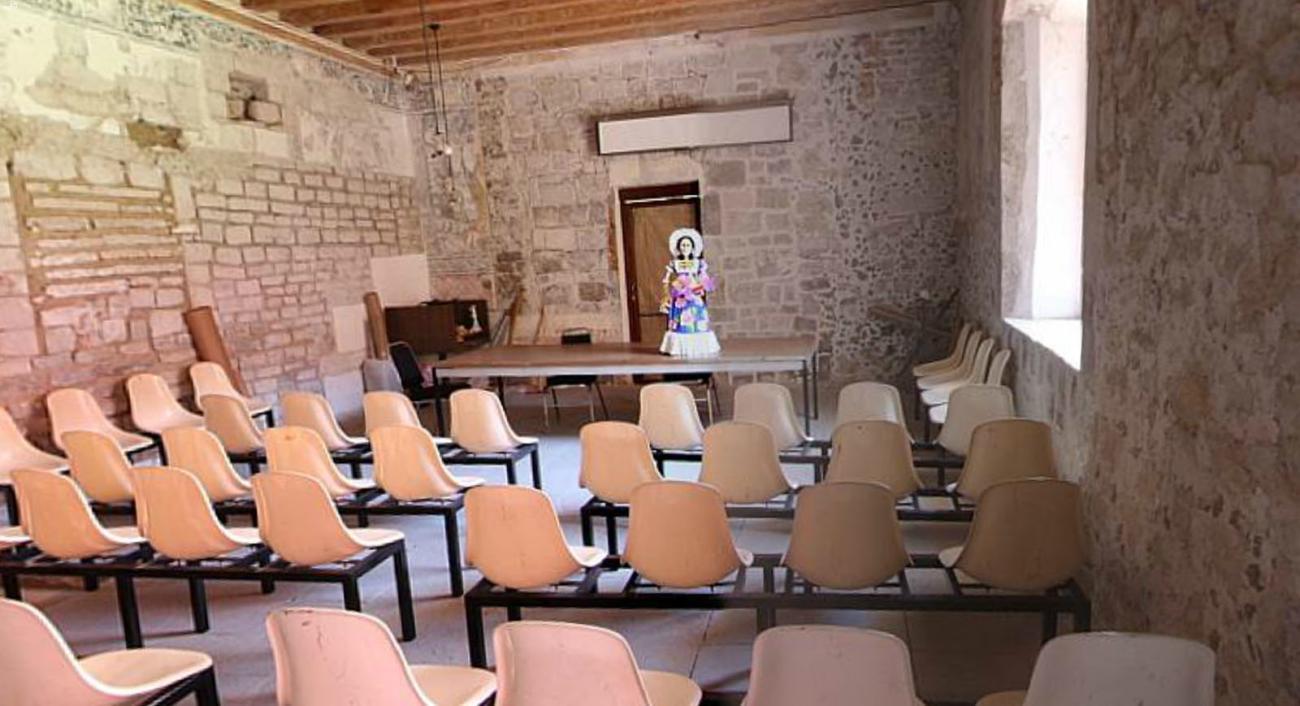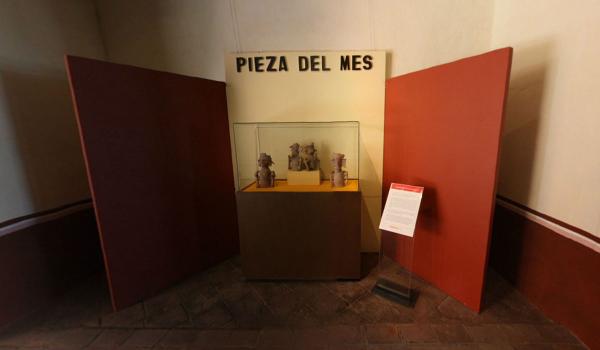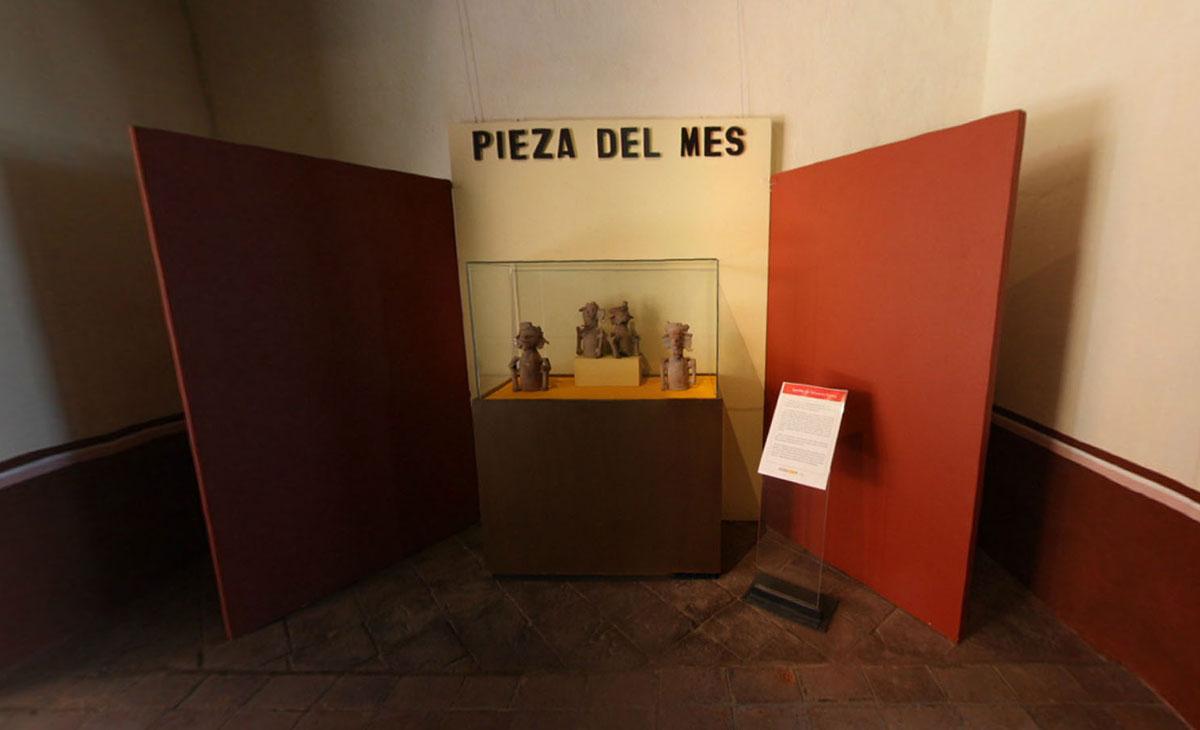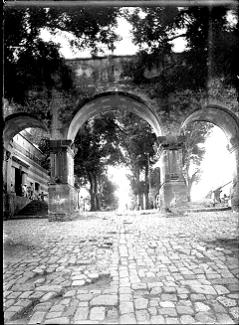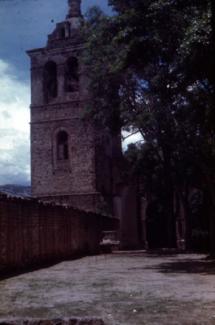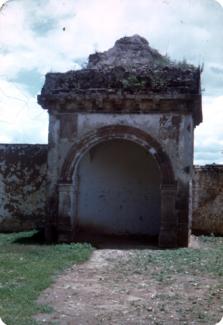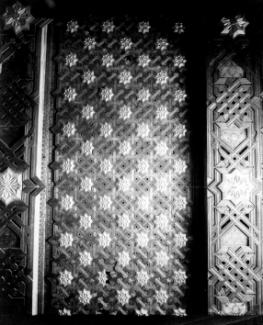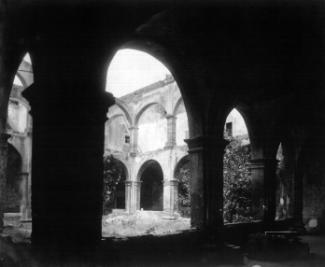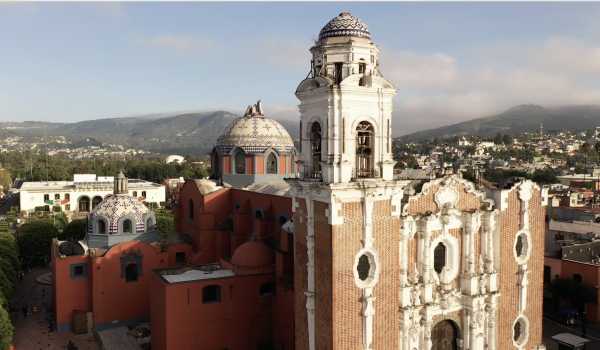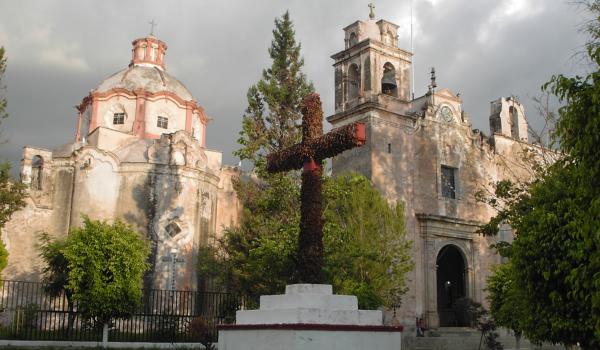The Ex Convento de Nuestra Señora de la Asunción, a former monastery built by the Franciscans using an indigenous labor force, was inaugurated as a museum in 1981. The church’s interior is unique in Mexico for its Mudejar-style coffered ceiling made of carved wood with gilded details. Founded in 1528, it was the third monastery built by the Spaniards after their arrival: the first and second were in Mexico and Texcoco; only the one in Tlaxcala remains. It has an atrium, low and high cloisters, “capillas posas” (simple chapel structures designed to cater to large congregations, positioned outside the main religious buildings in New Spain) and outdoor chapels, a central patio and a garden.
The building has been put to many different uses throughout its history: after being a monastery it was converted into a prison, a college, a military barracks, INAH’s regional office, and even a home for the workers involved in its continuous restoration. The museum’s history can be traced back to the times of Próspero Cahuantzi, governor of Tlaxcala during the regime of Porfirio Díaz, when a museum annex was set up next door to the Colegio de Niñas, which disappeared at the outbreak of the 1910 Revolution. After intermittent attempts to create a regional museum, anthropologist Yolanda Ramos Galicia was commissioned in 1978 by the INAH Puebla-Tlaxcala Center to carry out the project.
The museum was finally inaugurated in 1981 in the Ex Convento de Nuestra Señora de la Asunción. After repair work being carried out over the years, a decision was taken to undertake a complete restoration which included a structural survey, an electrical refit, and measures to damp-proof the building and ensure the drainage system was working. It reopened on December 19, 2015.
The permanent exhibition has 12 main themes: one on paleontology in Tlaxcala, four on the pre-Hispanic period, five on the viceregal period, one on the nineteenth century, and another on the Mexican Revolution. The display includes 200 items with their respective information panels: ancient bone remains, pottery, stone sculptures, obsidian knives, carved and decorated shells, paintings, books, furniture, documents and photographs. The collection totals some 5,000 objects that, along with the recent findings such as those from Quimicho and finely crafted sixteenth and seventeenth-century wall tiles, are rotated; there are also modern, interactive exhibits.






